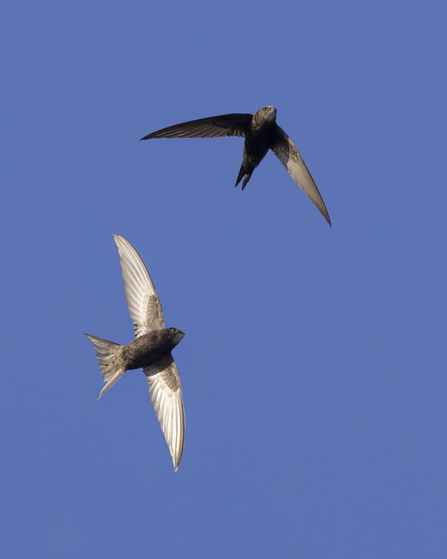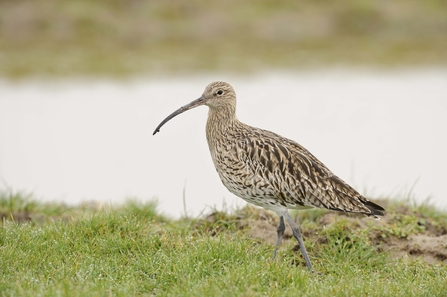One of the environmental signals for the autumn migration to begin is the shortening of the day. In the autumn, around 50 bird species leave the UK to head south for warmer climes. These include iconic birds such as house martins, swifts, and the increasingly elusive cuckoo.
All three of these species rely on a good supply of insects to sustain them and their young through the summer months. Worryingly, all three are on the birds of conservation concern red list with a decline in breeding populations.
Bird migration can also be a little unpredictable and this makes for exciting birdwatching.
Stormy weather
Autumnal storms will occasionally push migratory birds off course which then end up joining us unexpectedly. Westerly winds move American birds to our shores, providing opportunities to see rare species that stop to recalibrate for their journey south.
When the winds are strong from the east, the birds migrating from Europe to Africa can make unplanned stops in the UK. You’ll find lots of examples on social media as birders post about their glimpses of rare visitors.



